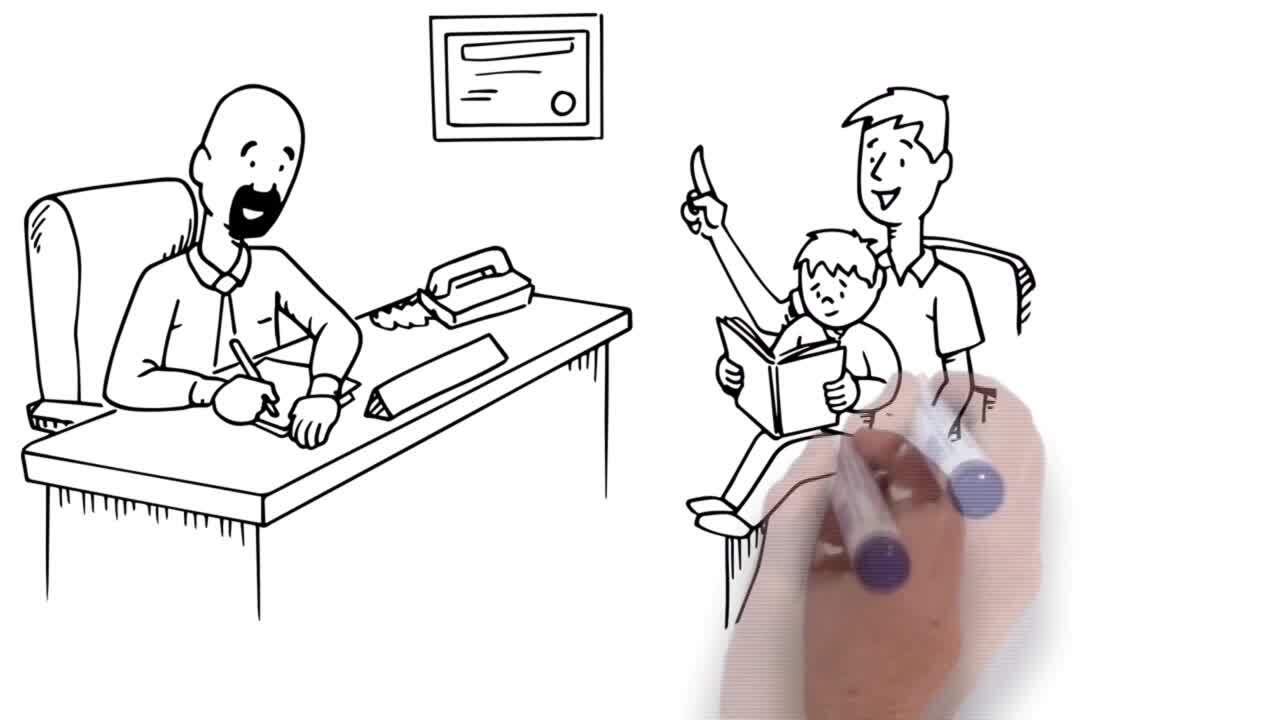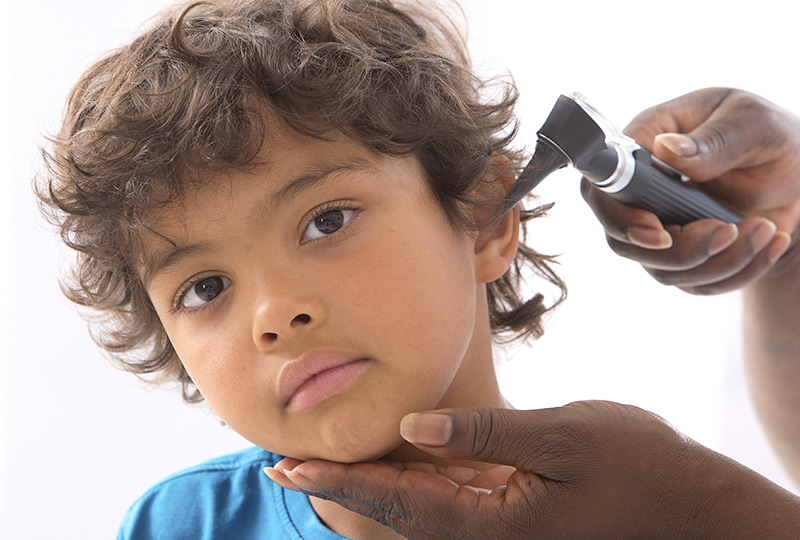Should my child get ear tubes for constant ear infections?
Ear infections are common in children, and unfortunately they can be very painful. These types of infections tend to happen if fluid builds up behind a child’s ear drum. That backed-up fluid can also make it difficult for children to hear properly, and may even interfere with balance, as the inner ear helps with balance in addition to hearing.
Children who have frequent ear infections or chronic buildup of fluid in their ears may benefit from placement of “ear tubes.” Dr. James Phillips is a pediatric otolaryngologist (ear-nose-throat specialist), who performs head and neck surgeries at Monroe Carell Jr. Children’s Hospital at Vanderbilt. Phillips offers some helpful information to parents of children who may need ear tube surgery:
Guidelines about when children ages 6 months to 12 years should get ear tube surgery come from the American Academy of Otolaryngology.
- The most common reason for ear tube placement is for ear infections. Children are candidates for ear tube placement if they have more than three infections in six months or four in a year.
- Ear tubes are also recommended for children with fluid buildup in both ears that lasts longer than three months, particularly with symptoms such as balance problems, poor school performance, ear discomfort or reduced quality of life.
- Children with persistent fluid buildup in their ears should get an age-appropriate hearing test to check for hearing or balance problems.
What is involved in ear tube surgery?
Ear tubes, or tympanostomy tubes, are about 1/20th of an inch wide, or about the thickness of a nickel. They relieve pressure from behind the eardrum, which prevents fluid from building up, Phillips explained.
Ear tube insertion usually requires general anesthesia, delivered through a mask. In most situations a breathing tube and IV are not required, though these decisions are made between the anesthesiologist and family on an individual basis. A surgeon uses a microscope and a tool to clean the ear canal then make a small opening in the eardrum. Any fluid or infection is suctioned out.
The doctor then inserts the small tube through the eardrum. Often, antibiotic drops are placed in the ear. Anesthesia and surgery take about 15 to 20 minutes for most children, Phillips said.
What to expect after ear tube surgery
The anesthetic can take several hours to wear off. Most children feel much better by the next day, Phillips said, which should come as a relief to parents. Your child may be suddenly hearing much better, which means that regular noises such as a flushing toilet, vacuum or dishwasher can seem very loud and scary to them. For some children, parents may notice clearer speech from their children and improved balance.
Most children return to normal activities the next day, including day care or school. They can bathe as usual that night. Your doctor may want you to use ear drops for one or more days after surgery to ensure the tubes don’t plug up. Some parents notice drainage from the ears for a few days. Don’t be afraid if there is a little blood in the drainage because the eardrum has lots of tiny blood vessels that can bleed a little after ear tube surgery.
Follow-up and aftercare for ear tubes
Ear tubes help reduce fluid buildup in the middle ear and will allow episodes that do occur to be treated more safely with ear drops instead of oral antibiotics.
Regular follow-up appointments are important to ensure the tubes are in place and working. Most tubes stay in the eardrum for six months to two years. They typically fall out on their own.
Children with ear tubes may still get ear infections. If your child develops an infection, you may notice drainage or a bad smell from the ear canal. The drainage means the ear tubes are working. Most children with ear tubes do not have pain or fever during an infection.
Ear infections in children with ear tubes should be treated with antibiotic ear drops only. Antibiotic ear drops are more effective in children with ear tubes and have fewer side effects than antibiotics taken by mouth.
Read more:
Ear tubes: what to expect after surgery


Need help?
Many surgeries, like ear tubes, can be performed in an outpatient setting. The Monroe Carell Jr. Children’s Hospital at Vanderbilt outpatient pediatric ambulatory surgery facility in Murfreesboro, Tennessee, is uniquely designed for pediatric surgeries that do not require an overnight stay.

